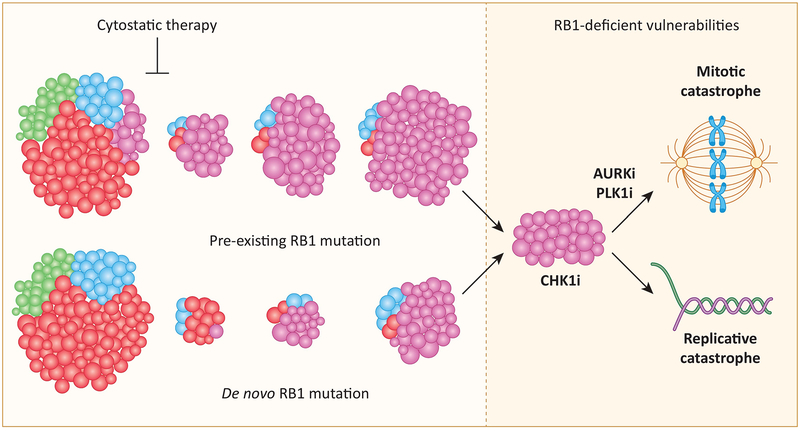Figure 3. Distinct forms of genetic heterogeneity that drive RB1 loss with therapeutic selection:
In the presence of different cytostatic therapies, there is a selective pressure for tumors that have lost RB1. This selection can allow for enrichment of pre-existing subclonal mutations or provide the basis for selection of de novo RB1 mutations. Tumors that are deficient in RB1 have been shown to be selectively sensitive to agents that target DNA-replication (CHK1 inhibitors) and mitotic segregation (PLK1 and AURK inhibitors).

